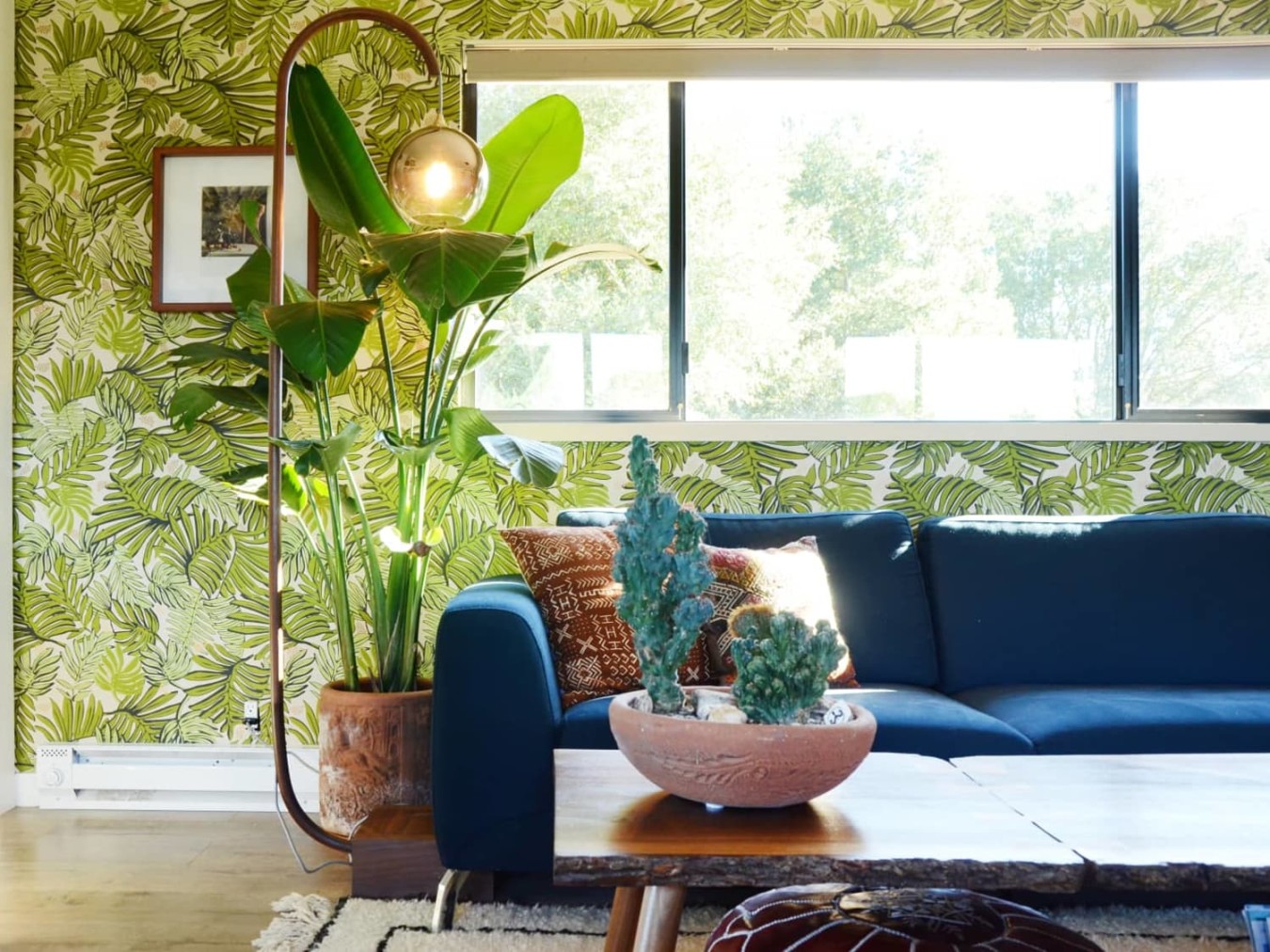
The Beauty Of Minimalism: Enhancing Your Space With House Plants
The Minimalist’s Guide to Houseplants: Enhancing Your Space with Nature’s Touch
In today’s fast-paced and cluttered world, the minimalist lifestyle has gained immense popularity. With the intention of living with less and focusing on what truly matters, minimalism emphasizes simplicity, organization, and functionality. While this lifestyle choice might seem incompatible with the idea of adding plants to your living space, the truth is that minimalism and houseplants can coexist harmoniously.
Houseplants have the incredible ability to transform any space, adding a touch of nature and tranquility. They are not only visually appealing but also bring numerous health benefits, such as improving air quality, reducing stress, and boosting mood and creativity. However, as a minimalist, it’s crucial to choose and display your houseplants strategically, ensuring they align with your minimalist principles.
First and foremost, when it comes to selecting houseplants, opt for ones that are low-maintenance and don’t require excessive attention. Minimalism is all about simplicity, and having plants that demand too much care and time might contradict the purpose. Some great options for minimalist houseplants include succulents, snake plants, peace lilies, spider plants, and pothos. These plants are known for their resilience, adaptability, and ability to thrive in various indoor conditions.
When arranging your houseplants, consider the concept of negative space. Negative space refers to the empty or uncluttered areas that allow the eye to rest and appreciate the simplicity of the surroundings. Incorporate empty corners or shelves alongside your plants, creating a balanced and uncluttered aesthetic. Aim for a few select plants strategically placed throughout your space, rather than overwhelming the area with an abundance of greenery.
Another key element of minimalism is decluttering and eliminating unnecessary items. Apply this principle to your houseplants as well. Regularly assess your collection of plants and remove any that no longer bring you joy or serve a purpose in your space. This practice ensures that your plants align with the minimalist ethos of intentional living and prevents your home from becoming overcrowded with unnecessary greenery.
Minimalism is not only about physical clutter but also about mental clarity. Incorporating houseplants into your minimalist space can help create a serene and calming environment. Studies have shown that being in the presence of nature, even indoors, can have a positive impact on mental health and well-being. The simple act of caring for a plant and observing its growth can bring a sense of purpose and tranquility to your everyday life.
In conclusion, minimalism and houseplants can undoubtedly complement each other, with a thoughtful approach. By selecting low-maintenance plants, arranging them strategically, and decluttering when necessary, you can enhance your living space while staying true to minimalist principles. The addition of houseplants not only brings the beauty of nature indoors but also contributes to improved air quality and mental well-being. Embrace the minimalist’s guide to houseplants and create a space that is a harmonious blend of simplicity and nature’s touch.